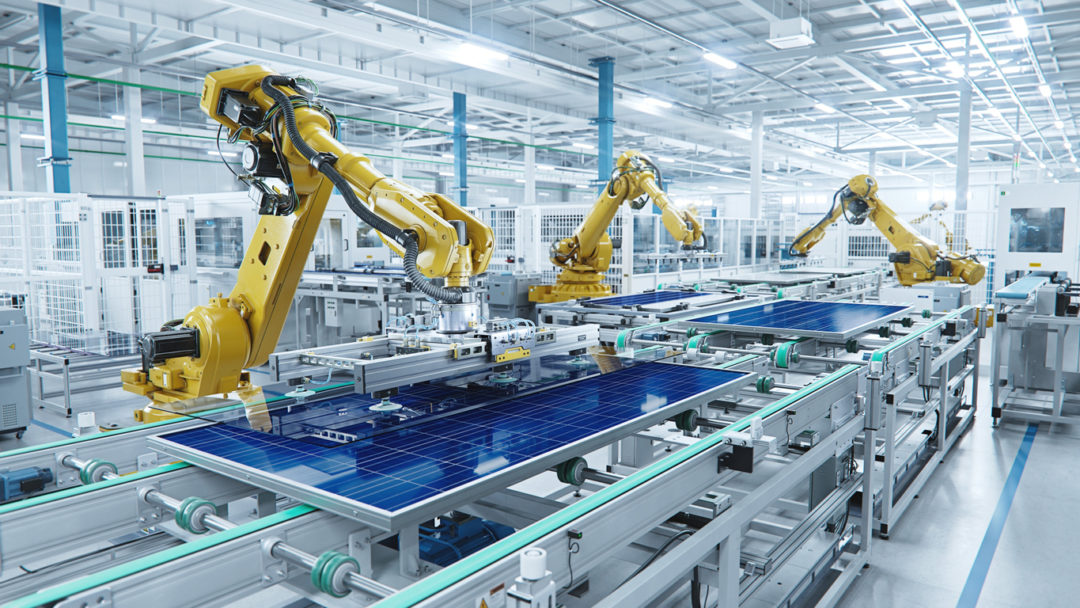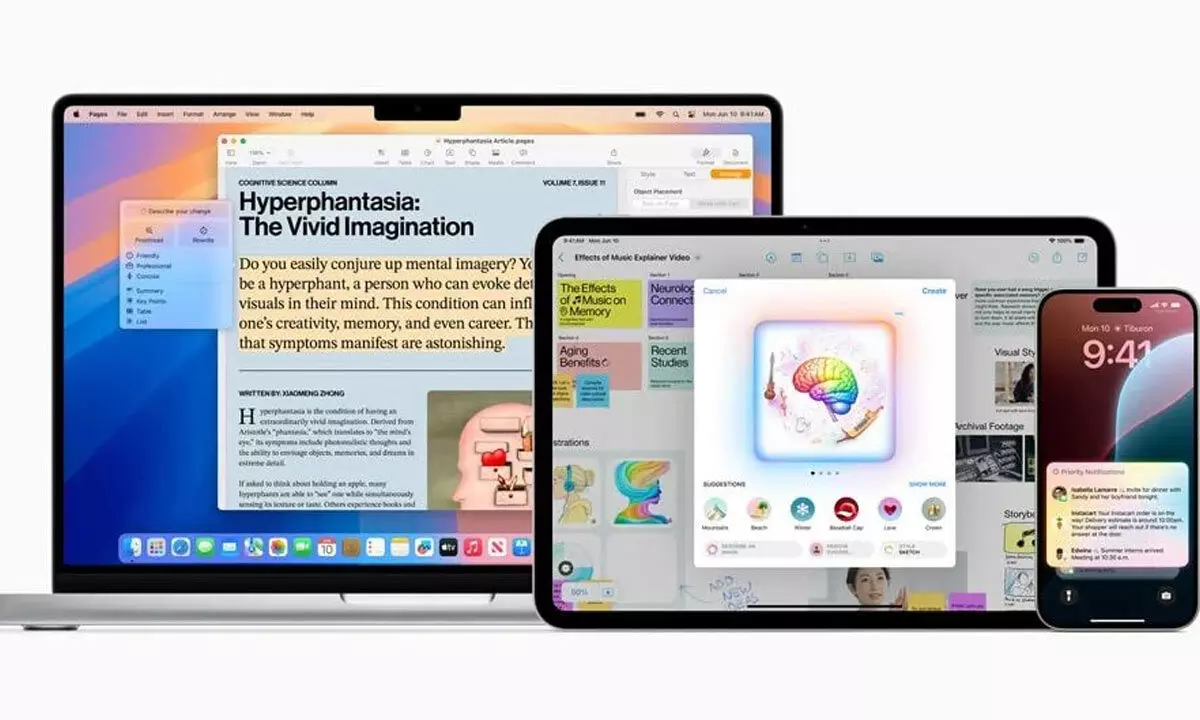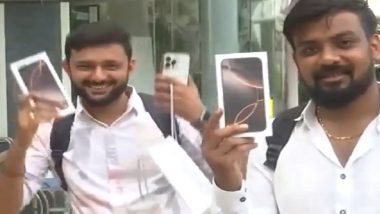
Let's just get this one out of the way up top: whatever you do, please don't show up to a Tesla Supercharger with an NACS "extension cord." Yup, you read that right. There's an extension cord out there now that will extend the length of a NACS-terminated charging cable, and apparently, some people think that using them at a high-output DC Fast Charger is a great idea.
Tesla's lead engineer for the Cybertruck has one piece of advice for those folks: don't. Wes Morrill took the opportunity to quickly denounce the idea of using an extension cord on Tesla's Superchargers or any DC Fast Charging station. It might seem obvious, but pushing 250 kilowatts (or more) through copper generates some serious heat, even over short distances.

DCFCs compensate for this heat by liquid-cooling their cables—and that's something that these extension cords don't support. As Morrill points out, that could result in an overheated cable shorting out, opening a different bag of issues. "There's a temperature measurement in the handle and the supercharger derates based on that temperature," said Morrill.
"With the extension cable that safety goes away." What Morrill is describing is the opposite of the " wet towel trick " where drivers place a cold, damp towel on a Supercharging handle to trick the temperature sensor into maintaining an increased charge rate. When InsideEVs reported on this trick in May— calling it out to be a safety risk —the automaker publicly stated that the wet towel trick had no effect on charging speed.
However, Morrill's response indicates that the handle's temperature sensor does, in fact, derate charging based on the handle temperature. The seller of the extension cable, A2Z EV, posted a video of the extension cable on X earlier this month, and it does look rather beefy. The OEM also says that it's committed to safety and does perform temperature tests on its products.
Perhaps that's why the company replied to Morrill asking to discuss further to better understand his argument against using the product. If I had to guess, they're going to get a very similar earful from the engineer. Reaching For Efficiency I'll admit this: an extension cable is a smart move.
I mean, even Tesla thinks so, because they're building their own NACS-to-NACS extension cable . Tesla has been opening up its Superchargers to non-Tesla vehicles over the past year ( including General Motors, as of today ). The problem is that the location of a charge port isn't standardized, so automakers are just kind of placing it at whatever corner of the vehicle they feel is the best fit .
This means that GM, Ford, Rivian, and the other automakers that will eventually have access to Tesla's chargers will need to double-park in order to juice up . Again, it makes sense for an extension cable to exist. To just be able to plug in a longer cable seems like a great idea, and while you could do it, you shouldn't.
Extension cables introduce resistance to the mix. The longer electricity needs to run across a cable, the more resistance it encounters. This means more heat.
And if the charger doesn't derate, well, let's just say that you don't want to be the person known for melting an extension cable to their car (or, worse, to a Supercharger). Danger aside, these cables also pose an efficiency problem. DCFCs are meant to be fast.
Plug in, charge up, and leave. If the charger is limiting itself because of an overheated cable, that means slowing down every person waiting in line for their turn at the charger. But then again, so does double-parking, so pick your poison.
The Bottom Line: Keep It Simple If there's one thing we've learned with the move towards EVs, it's that simplicity is often key. Over-complicating leads to unreliability ( looking at you, payment processors ), and Tesla's Superchargers are already a marvel of engineering built to take the guesswork out of charging. When you introduce variables like extension cables, you could mess up an otherwise slippery smooth experience.
Speaking of which, Tesla is already working on addressing the problem. First-party extension cable aside, it has also begun installing V4 charging stalls at new Supercharging sites in North America this year, albeit with older V3 cabinets to supply the power. Presumably, this is to accommodate all of the new vehicles that will need a bit of extra reach in the cable, as V4 stalls have a longer reach than V3, which were only designed for Tesla's charger placement port.
So let's take it from the guy who, quite literally, built the Cybertruck. While it may seem enticing to buy one of these cables for under $300, the problems it risks introducing aren't worth the risk. Your car—and other drivers waiting behind you at the Supercharger—will thank you.
.














